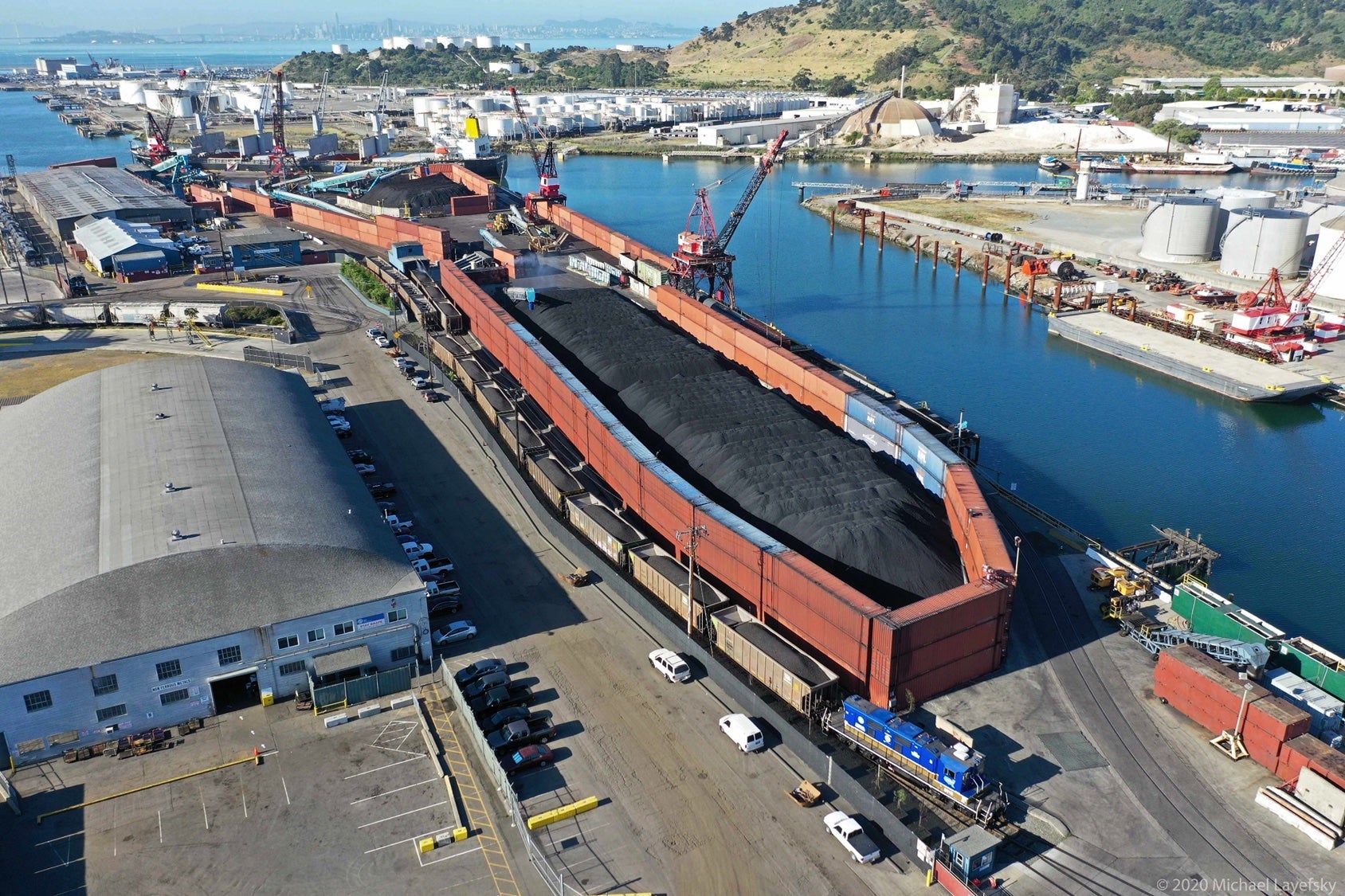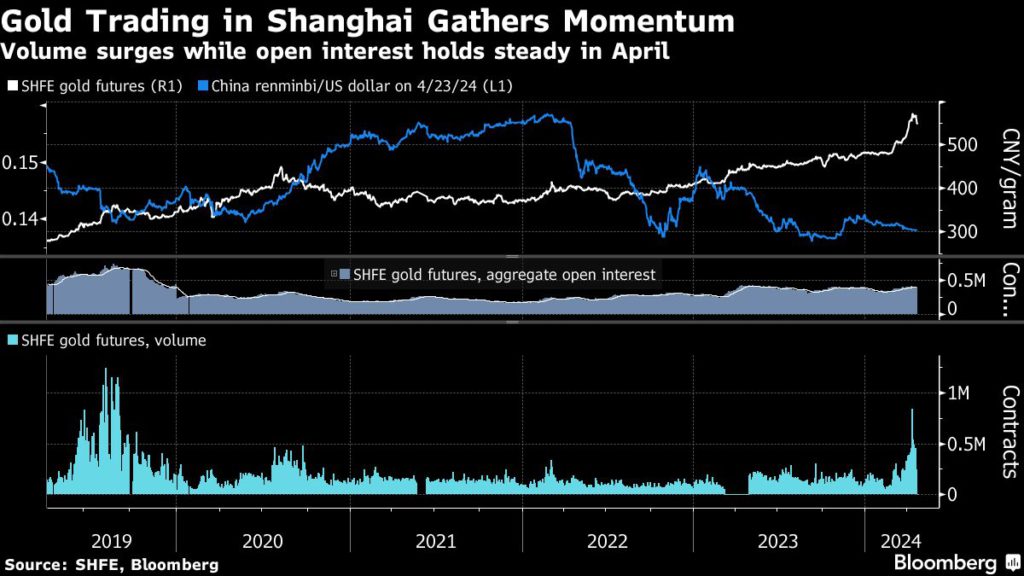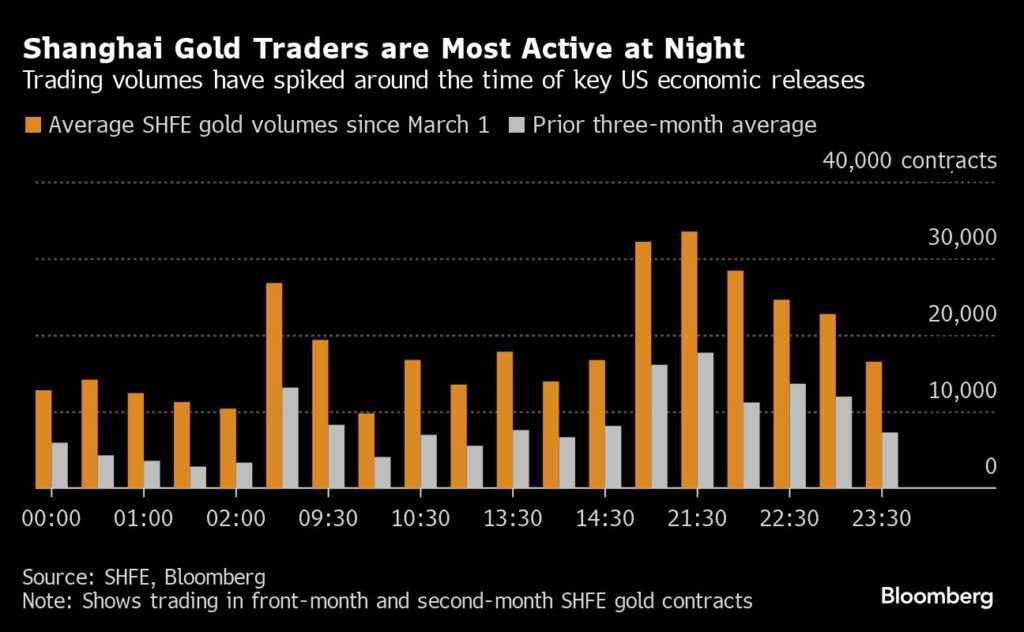United Methodist Church opens General Conference as denomination considers LGBTQ+ rights

The future of the United Methodist Church in the United States and around the world could be determined as 862 voting delegates gather Tuesday at the UMC Grand Conference amid historic conflict over LGBTQ+ rights. File photo by Bill Greenblatt/UPI | License Photo
April 22 (UPI) -- The United Methodist Church is opening its General Conference, on Tuesday in North Carolina, to reshape the country's largest Protestant denomination in the hopes of slowing historic splintering over LGBTQ+ rights.
The United Methodist General Conference, which meets every four years, will start seeking some big solutions to bridge the regional and ideological divisions within the church.
Over the last four years, a quarter of U.S.-based United Methodist churches have left the denomination or have disaffiliated over disagreements involving church policy and LGBTQ+ rights. In November, the North Georgia Conference of the United Methodist Church approved the departure of 261 congregations that chose to leave over the ongoing conflict.
"Our deepest desire is to foster greater unity in the Church while recognizing our denomination's diverse theological, social and contextual viewpoints," United Methodist Church U.S. delegates wrote in a statement ahead of the conference.
"We find ourselves at a seminal moment in the life of this denomination. It's a marker point, a shift, a pivot from what was to what can be," said Council of Bishops President Thomas Bickerton, who sees the potential for big change at the General Conference.
Three major proposals will go before 862 voting delegates at the conference which runs through May 3 in Charlotte, including worldwide regionalization that would amend the denomination's constitution to allow seven church regions in Africa, Europe and the Philippines, as well as the United States, to have equal authority when it comes to adapting parts of the Book of Discipline to their missional context.
"The goal of contextualization is to allow for laws of a certain area and not allow decisions from one region to influence or dominate the other," said Judi Kenaston, chief connectional ministries officer at United Methodist Connectional Table.
The second proposal calls for a revision of the church's Social Principles to become more globally relevant and to eliminate the wording, some of which has been around since 1972, that states "the practice of homosexuality ... is incompatible with Christian teaching."
The third proposal would remove exclusionary policies against LGBTQ people, including bans on same-sex weddings and "self-avowed practicing" gay clergy.
For the first time, there will be a caucus of LGBTQ delegates at the conference. The 58 delegates are hoping to see votes for full inclusivity in the denomination. The Queer Delegate Caucus will be a "powerful presence," said Jorge Lockward, a delegate in the caucus and minister of worship arts at the Church of the Village in New York, who stressed regardless of what happens "we are not going back."
"Until we get on the floor and people start pressing those voting buttons, we really don't know what's going to happen -- no matter how much preparation and conversation and strategizing has gone ahead of the game," said Helen Ryde, a lay delegate from the Western North Carolina Conference and a member of the new United Methodist Queer Delegate Caucus.
United Methodist delegates from Alabama, who will be attending the conference, say their top priorities are to remove harmful language regarding homosexuality, allow more self-governing in different parts of the world and revise the Social Principles.
"I feel very hopeful about General Conference this time," said the Rev. Kelly Clem, a retired minister for the North Alabama Conference and one of 862 voting delegates. "I think there's a lot of unity and hopefulness about our moving forward as the United Methodist Church, as a denomination. The temperature has been significantly lowered."
"The ones who wanted to leave, who felt so strongly, especially about human sexuality issues, they've gone. We're going to move forward. There's just a real rallying of those who want to help the church move forward with its mission and stop getting bogged down in some of these controversial matters and just move forward. There will be dissent. I just think there will be a much more positive vibe," Clem added.
Reserve delegate Lisa Keys-Mathews disagreed.
"There are some super negative voices coming out that are still part of the United Methodist Church," Keys-Mathews said. "I find that sad and hurtful."
Delegates at the conference will examine 1,099 legislative petitions to shape the future of the church, while balancing a changing stance on LGBTQ+ rights within the U.S. church with the cultural conservatism of United Methodists in other parts of the world.
"We have engaged in ongoing conversations and reflection with United Methodists from around the world to discern what changes we might make as a General Conference that might strengthen unity amidst diversity and allow enough flexibility for our various geographical regions to thrive," a coalition of centrist and progressive UMC leaders said in a statement to counter traditionalist advocacy groups that have sought to preserve anti-LGBTQ+ restrictions for decades.
"Personally, I don't want to go back to mediocrity and old habits. I don't want to go back to racist behaviors, gender bias or models that exclude rather than welcome," said Bickerton. "This is a moment for us to get a new wind and a new sense of purpose."

 A shipment of coal awaits loading at the Levin-Richmond marine terminal shipyard in California. (Michael Layefsky)
A shipment of coal awaits loading at the Levin-Richmond marine terminal shipyard in California. (Michael Layefsky)
 A UC Davis monitoring device captures the near infrared light of a passing coal train during the night (photo at left) and day (photo on right) in Richmond, California. (Nicholas Spada/UC Davis)
A UC Davis monitoring device captures the near infrared light of a passing coal train during the night (photo at left) and day (photo on right) in Richmond, California. (Nicholas Spada/UC Davis)







